[vc_row][vc_column width=”1/1″][mk_custom_box bg_color=”#466f73″ bg_position=”left top” bg_repeat=”repeat” bg_stretch=”false” border_color=”#fff” padding_vertical=”30″ padding_horizental=”20″ margin_bottom=”10″ min_height=”100″]
Is your business branded, and is your branding consistent? In this digital age, it is crucial to nail down your branding.
Branding is all about your reputation (or your business’s reputation). How do you want to be seen? What should someone think of when they hear your name or see your website or business card? You can proactively and thoughtfully manage that, or you can leave it up to chance.
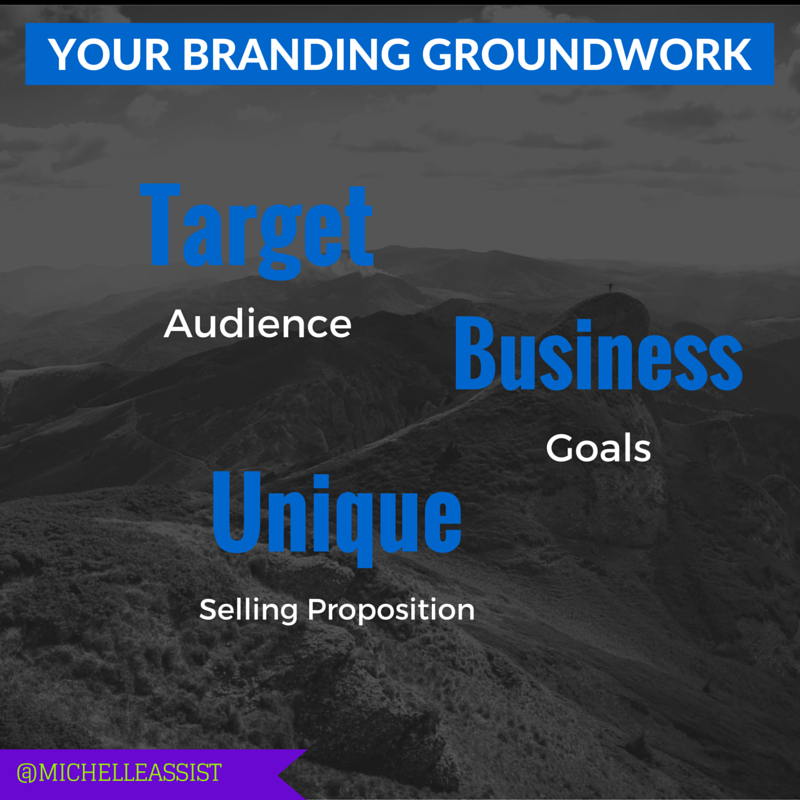
Your Branding Groundwork
Either on your own or with a branding specialist, you will likely do a lot of behind-the-scenes work to establish the basic elements of your brand. You will want to think about good descriptive words, business goals, and target demographics. If you Google “branding worksheets,” you can find some examples to walk you through the brainstorming process! I am not a branding expert, but I can give you a few starting points to think about:
Define Your Target Audience
Who is your target audience or demographic? Avoid the temptation to be broad and include everyone. Rather, be as specific as possible! It doesn’t mean you can’t do business with people outside of that defined audience, but it helps to know who you’re talking to and what your message needs to be when you are writing or speaking publicly (on your website, in social media posts, or on any advertisements).
Put a name to your target audience, and flesh that person out. Get to know that person. Is it a male or female? What age? What does she look like? What does she like to do? Watch? Read? Who does she follow on Facebook? Where does she hang out?
Solve a Problem
Your product or service will succeed if you’re providing something that people need. What common problems does your target audience face? What do they need? How can YOU solve that problem for them?
Make it Personal
What is your message? What are you trying to convey? What makes your brand or your solution unique? Choose some adjectives that you want to represent you, and write a private sentence or two to represent your message – what you want to tell your audience.
The Visual Side of Branding
Once you’ve established the background elements, it’s time to think about how you’re outwardly portraying all of that information to your audience.
Color
A huge element of your visual branding. Different colors evoke different feelings. Green might be used to represent growth, while orange is seen as a cheerful color. What colors go with your descriptive words and your message? Choose one or two main colors, and use those consistently (the same exact color; not just any blue, but #3366FF).
Font
Big and loopy? Narrow? Boxy? Is your company more serious or playful? As with the colors, you need just a few fonts that are yours, and you need to stick with them! These fonts should appear throughout your website, your social media banners, your business cards, and everywhere else you have a written message.
Voice
What language should you use when communicating on behalf of your brand? What is your tone? What is your purpose? Are you looking to educate or amuse? Are you casual, professional, helpful? Is your language silly or savvy? Be conscious of your voice, and make sure that you remain mostly consistent.
Name & Tagline
What is your business name? What is your Twitter handle? What is your website domain? As much as possible, these should be the same! You want don’t want to be “cokerules” on Facebook but “colafresh” on Twitter. You want to be the same across the board: cocacola.com, twitter.com/cocacola, facebook.com/cocacola, youtube.com/cocacola, etc.
Logos & Images
Your logo probably uses the visual elements described above, namely your color and your font! Make sure your logo is a good representation of your brand, and make sure it’s on all of your websites, social media platforms, and marketing materials! If you are a personal brand, you may use a good picture of yourself rather than a logo image.
What to Do
Once you’ve nailed down all the different elements of your awesome brand, consider putting together a single page guide with all important points noted. You can share this guide with your virtual assistant, social media manager, online business manager, or any other professional who is supporting you in your business. Any team member who is involved in your marketing efforts should get a copy! You and your team can refer back to it to help in the process of website updates, image creation, content curation, ads and flyers, and social media posts.
If you liked this post, please let me know in a comment below!
[/mk_custom_box][/vc_column][/vc_row]


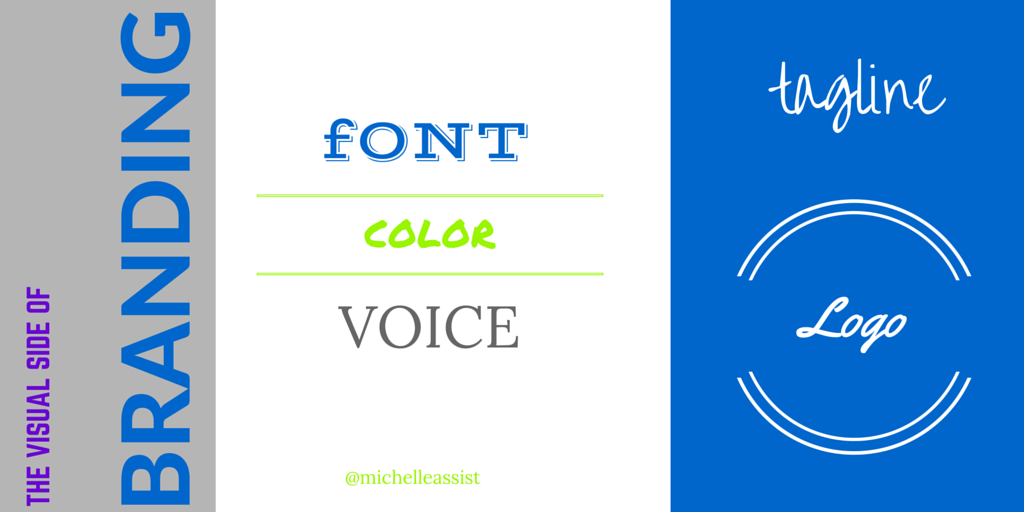

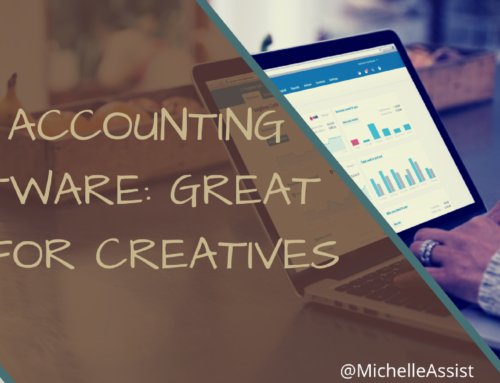
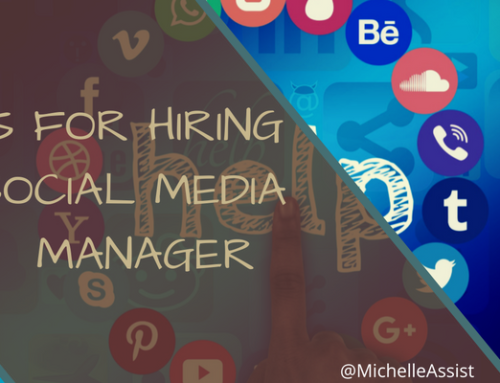

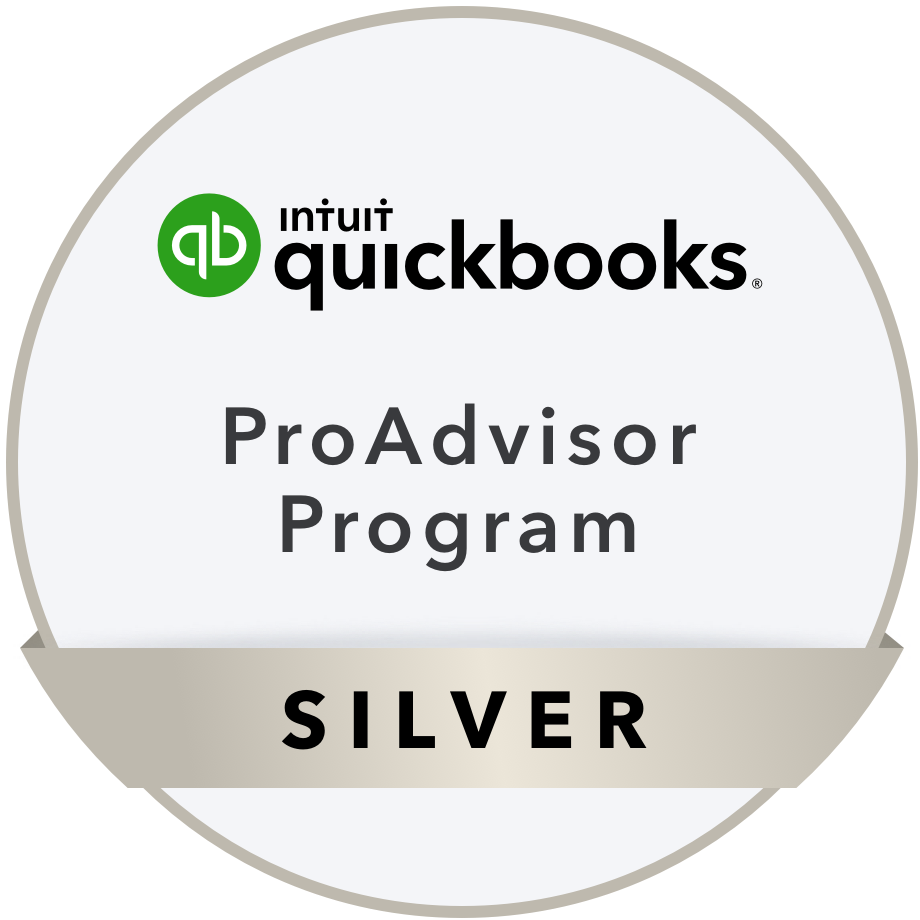
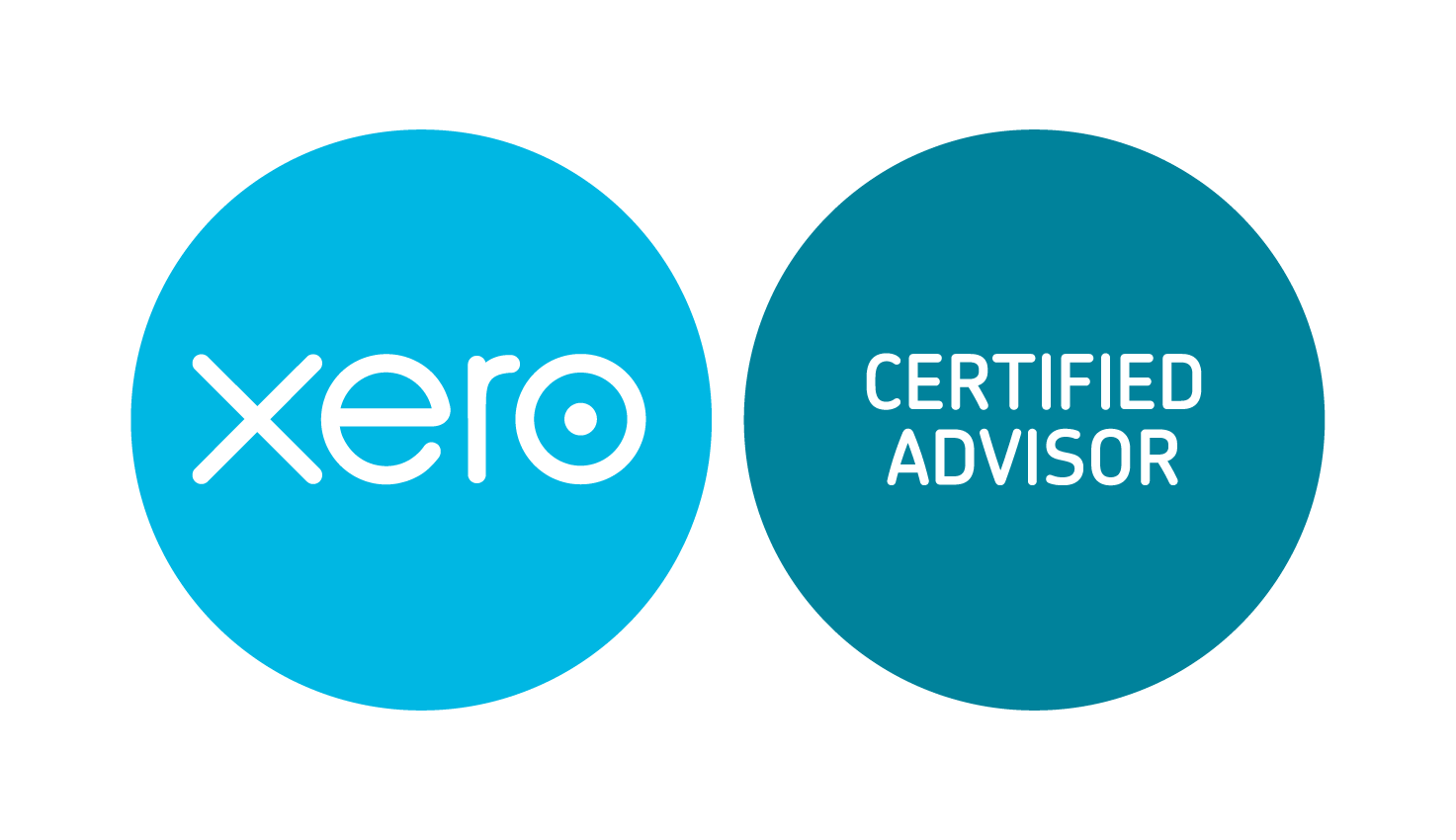
Leave A Comment